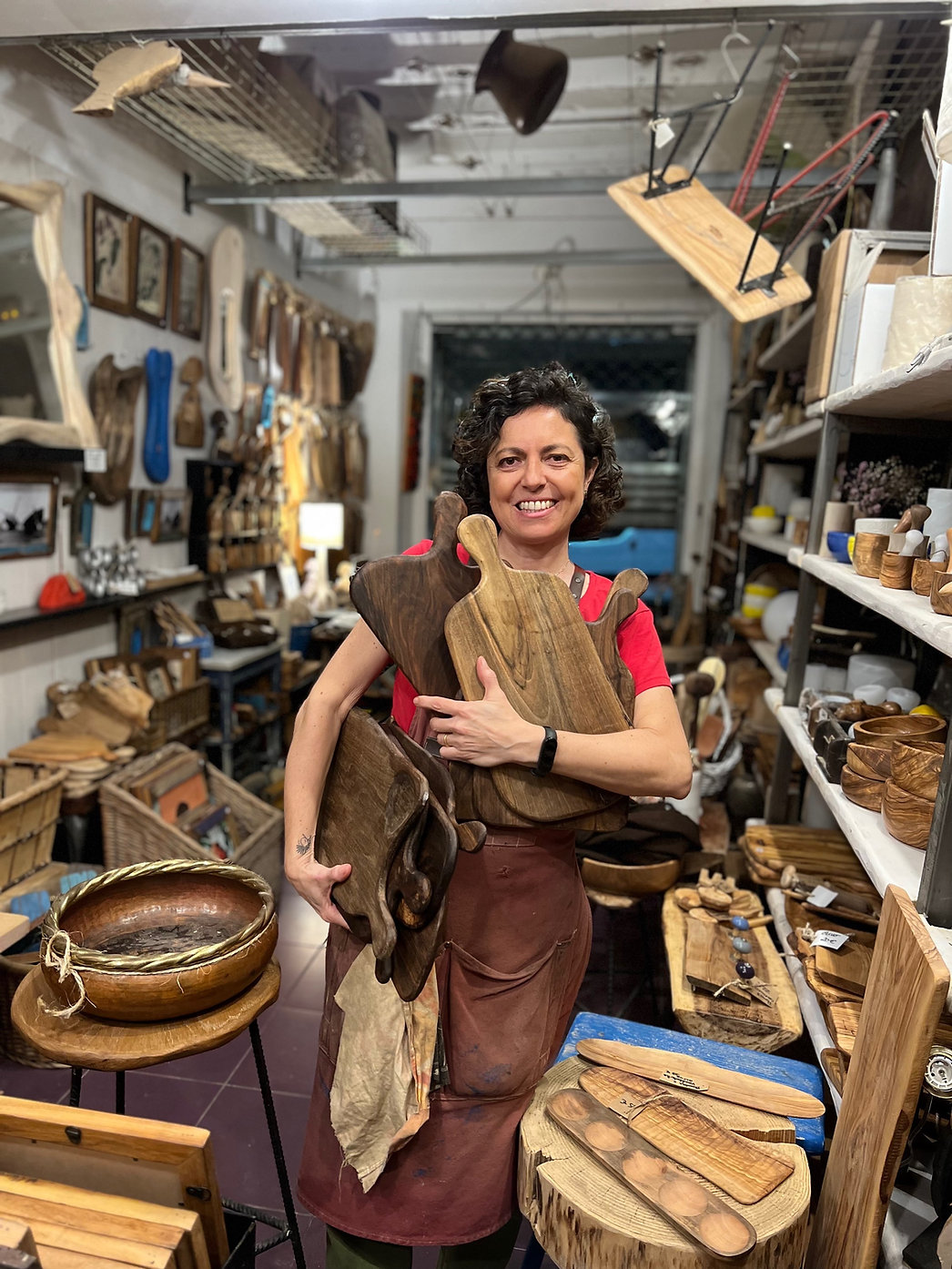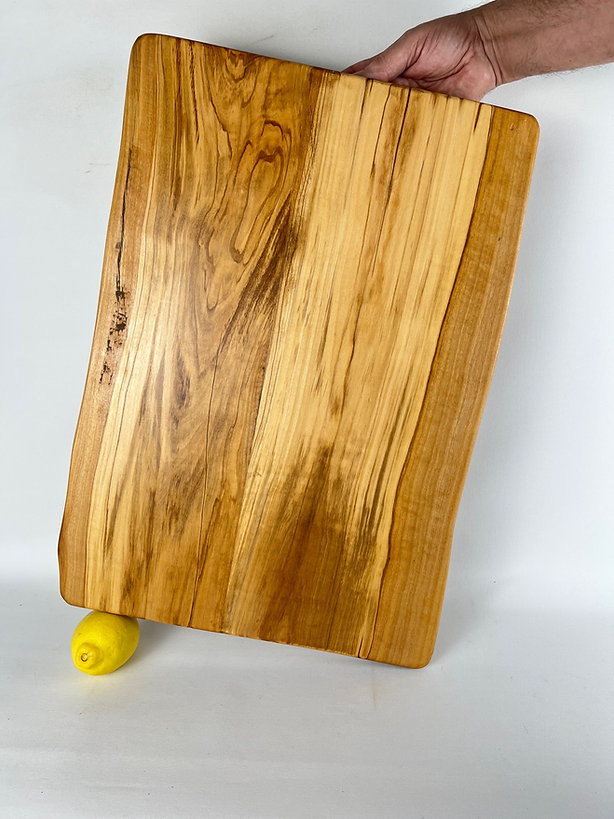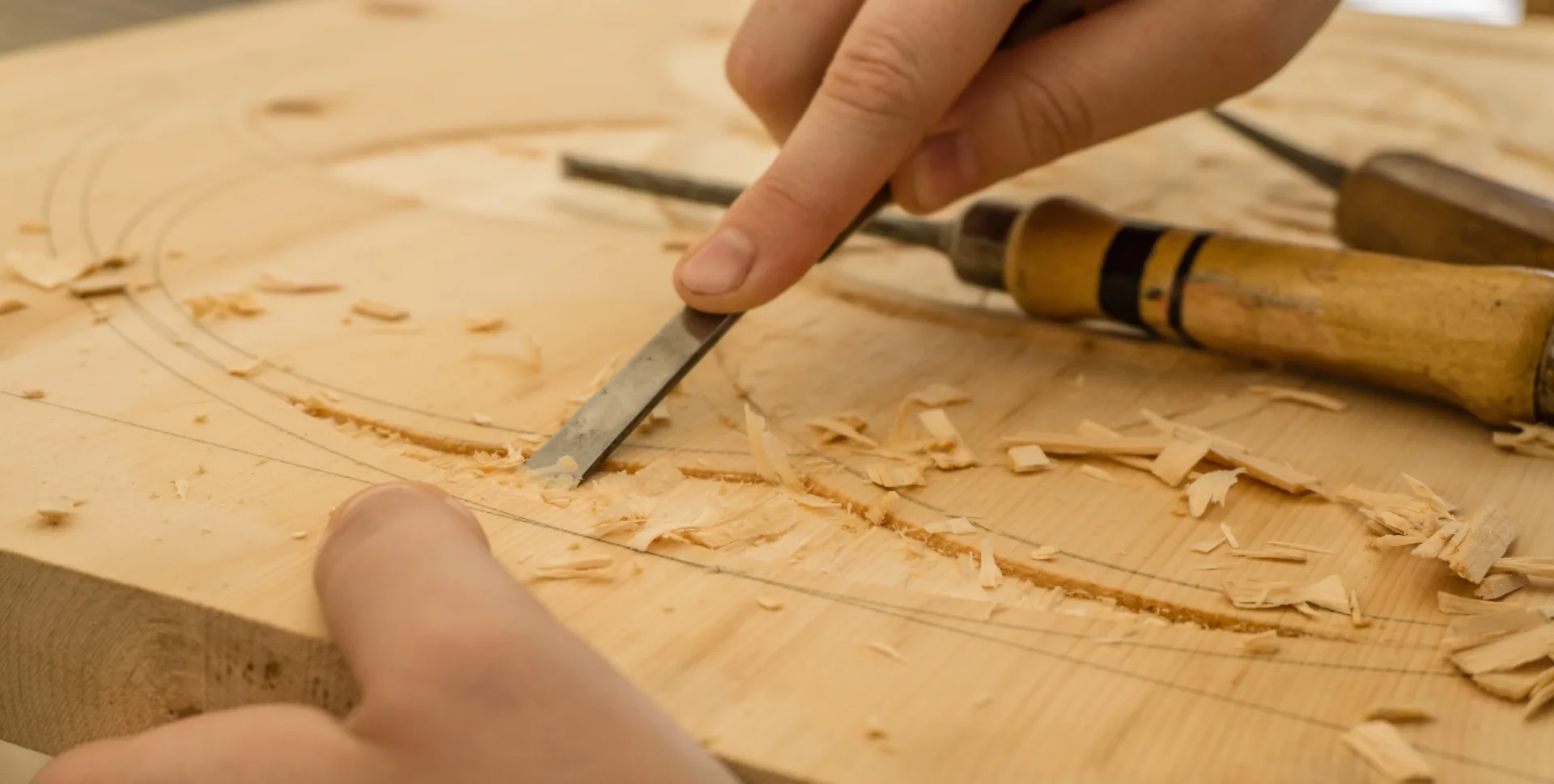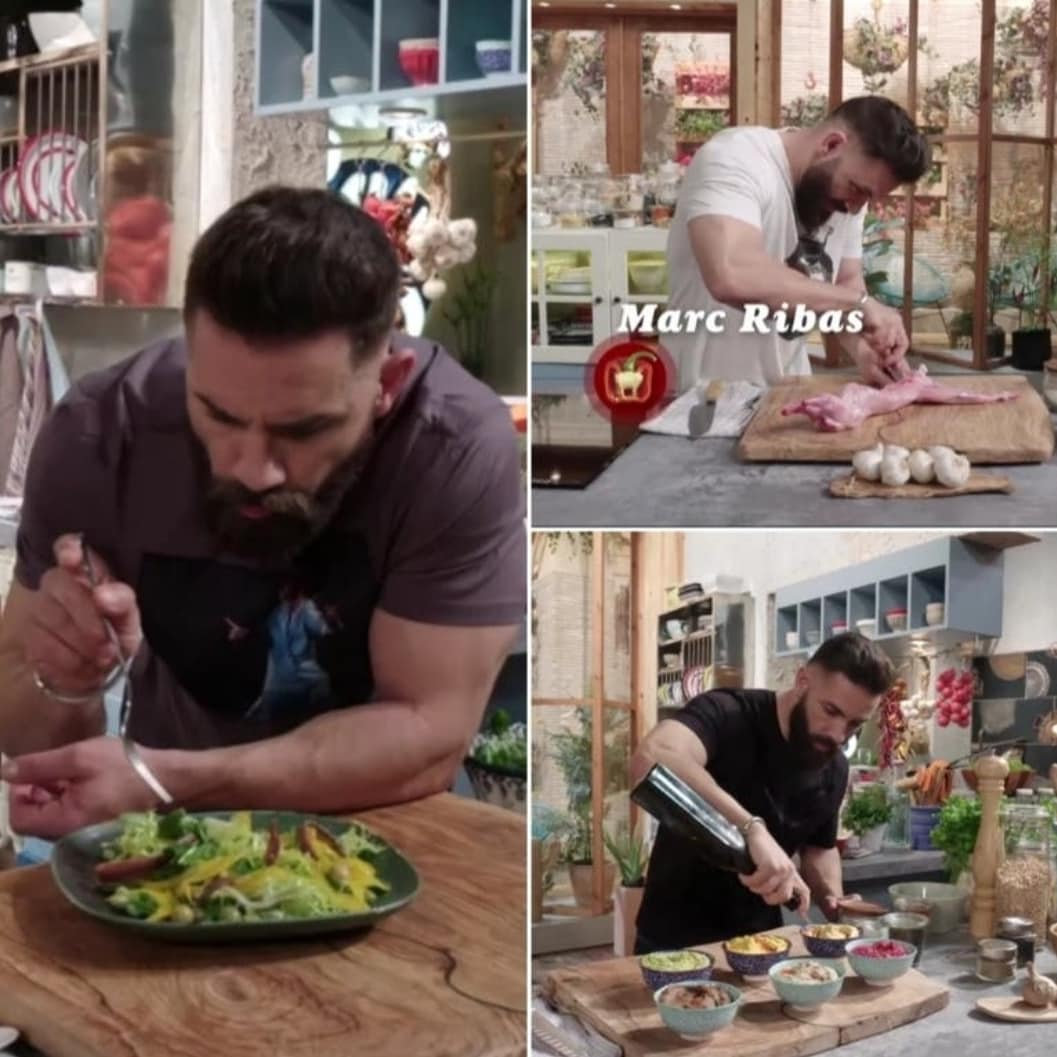How to choose my cutting board

Good morning, good afternoon, good evening, Hachazuelos.
Craftsmanship is increasingly taking center stage in many homes, influencing furniture, decor, and kitchen utensils such as the cutting board.
At HachAzuela, the OLIVE wood we work with is local, sustainable, and close to home, as the majority of it comes from the fields of Tarragona, from the annual pruning carried out by farmers.
Once the wood is selected, we proceed to cut it into boards or planks to allow it to dry in the workshop under optimal conditions (temperature and humidity) for at least 1 year per centimeter of thickness.
After the drying process, we handcraft the wood, respecting its initial shape and giving it the care required to turn it into a cutting board for daily use.
It’s important to distinguish between cutting boards and serving boards.
Cutting boards are designed for chopping and preparing food and can also be used for presentation at the table. They have a thicker build to serve their intended purpose. You can cook directly on them or present whole items like roasts, fish, etc., and it’s the host or the diners who slice the pieces to their liking.
Serving boards are meant for presenting foods prepared in the kitchen, serving as a plate or platter, which is why they have a concave shape and are thinner and lighter for easy handling.
Each piece is unique and different from the others, just as no tree trunk or branch is the same as another, giving them their own distinct character.

Tips for maintenance
Upon arrival at home, we recommend washing for hygiene purposes, and from there, it’s ready for cooking!
The daily care of the cutting board includes:
- Clean the olive wood board in warm water using a mild dish soap. Dry it with a lint-free soft cloth.
- Allow it to air dry completely in a vertical position.
- Hydrate it every month. Think of it as you would your own skin. You can use our homemade wax for this purpose (beeswax, vegetable wax, and oils). It’s sumptuous and penetrates well, creating a protective film and leaving it almost as good as new. You can apply it with a clean cotton cloth or your hands. Use a small amount. It’s best to do this at night, so it’s absorbed by the next day and ready for more cooking!
- For the enthusiasts, you can sand it once a year to make it look like new.
- Always wash it by hand, never in the dishwasher.
- Do not submerge or soak it in water.
The olive tree is truly a marvel—it has it all! It’s an ornamental tree, provides exquisite fruit, and its wood is unique. What more could you ask for!


